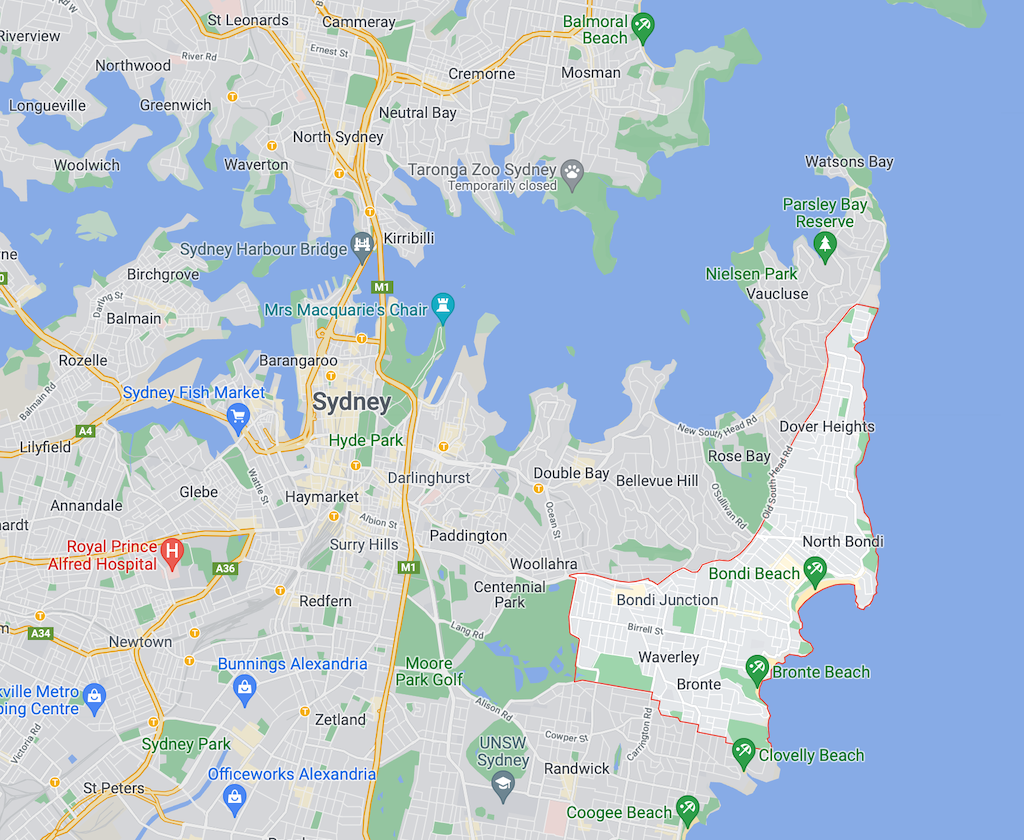Parking maximums help slow the growth of peak hour traffic
Parking maximums are rules in the planning scheme that limit the number of off-street car parking bays that can be built in new developments. Developers who wish to add more parking need to apply for an exemption, and demonstrate why the extra parking won’t increase congestion on nearby streets. Parking maximums typically replace parking minimums.
The problem with costly parking mandates
Minimum parking requirements subsidise cars, increase traffic congestion, pollute the air, encourage sprawl, increase housing costs, degrade urban design, prevent walkability, damage the economy, and penalise people who cannot afford a car.
Donald Shoup

Problems with costly parking mandates include:
- increased peak-hour traffic congestion, because if more parking is available at a destination then more people will drive there;
- increased cost of housing, particularly impacting upon affordable housing, because the cost of parking is added to the cost of the house; and
- increased cost of goods and services, because the cost of parking is added to the cost of commercial rent, which is passed on to customers by the tenant business.

Yarra policy
Council imposes mandatory parking minimums via Table 1 in Clause 52.06 of the Yarra Planning Scheme. The table spans over 4 pages, defining requirements for different types of buildings. The exception is the commercial area of Cremorne, where Yarra is proposing to change to parking maximums via amendment C281.

What Yarra can do
Council can eliminate parking minimums from the planning scheme for the whole of Yarra, not just Cremorne, and even better, impose parking maximums. In other words, council can extend the amendment C281 to cover any property in Yarra, and limit off-street parking to one car parking bay for every 100 m2 of floor area. Concurrently, council can protect residential parking by expanding the use of permit only zones, and manage the demand for on-street parking by using demand responsive parking charges for metered parking bays.

Support from VCAT
In the VCAT Red Dot Decision Ronge v Moreland CC [2017] the Tribunal made the following key statements in support of a reduction in parking provisions:
Our roads are already congested and will be unimaginably so if a ‘business-as-usual’ approach is accepted through until 2050. The stark reality is that the way people move around Melbourne will have to radically change, particularly in suburbs so well served by different modes of public transport and where cycling and walking are practical alternatives to car based travel.
–
A car parking demand assessment is called for by Clause 52.06-6 when there is an intention to provide less car parking than that required by Clause 52.06-5.
–
However, discussion around existing patterns of car parking is considered to be of marginal value given the strong policy imperatives about relying less on motor vehicles and more on public transport, walking and cycling. Census data from 2011 or 2016 is simply a snapshot in time, a base point, but such data should not be given much weight in determining what number of car spaces should be provided in future, for dwellings with different bedroom numbers.
–
Policy tells us the future must be different.
–
Oversupplying parking, whether or not to comply with Clause 52.06, has the real potential to undermine the encouragement being given to reduce car based travel in favour of public transport, walking and cycling.
–
One of the significant benefits of providing less car parking is a lower volume of vehicle movements and hence a reduced increase in traffic movements on the road network.
VCAT Red Dot Decision
Examples in other cities and countries
City of Melbourne
The City of Melbourne imposes parking maximums:


City of Port Phillip
The City of Port Phillip imposes parking maximums:


City of Waverley in Sydney
The City of Waverley in Sydney has eliminated minimums and imposes maximums:


New Zealand
New Zealand has recently removed parking minimums for all cities larger than 10,000 people. The new rules are discussed in this article by Greater Auckland Inc.


Europe, USA, Canada
Examples of parking maximums include:
In 2004, London reversed its parking requirements, eliminating the previous minimums and putting new maximums on parking supply for all developments in the metropolitan area.
Zhan Guo, ACCESS Magazine

Other information on parking
Learn more from our collection of pages related to parking:
Or from these websites:
- Parking Reform Network
- Reinventing Parking
- Shoup: The trouble with minimum parking requirements
- Shoupistas group on Facebook
How you can help
You can help by appearing on the Streets Alive Yarra website as a champion for your local street, neighbourhood, or school.
